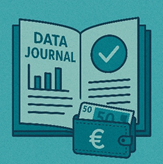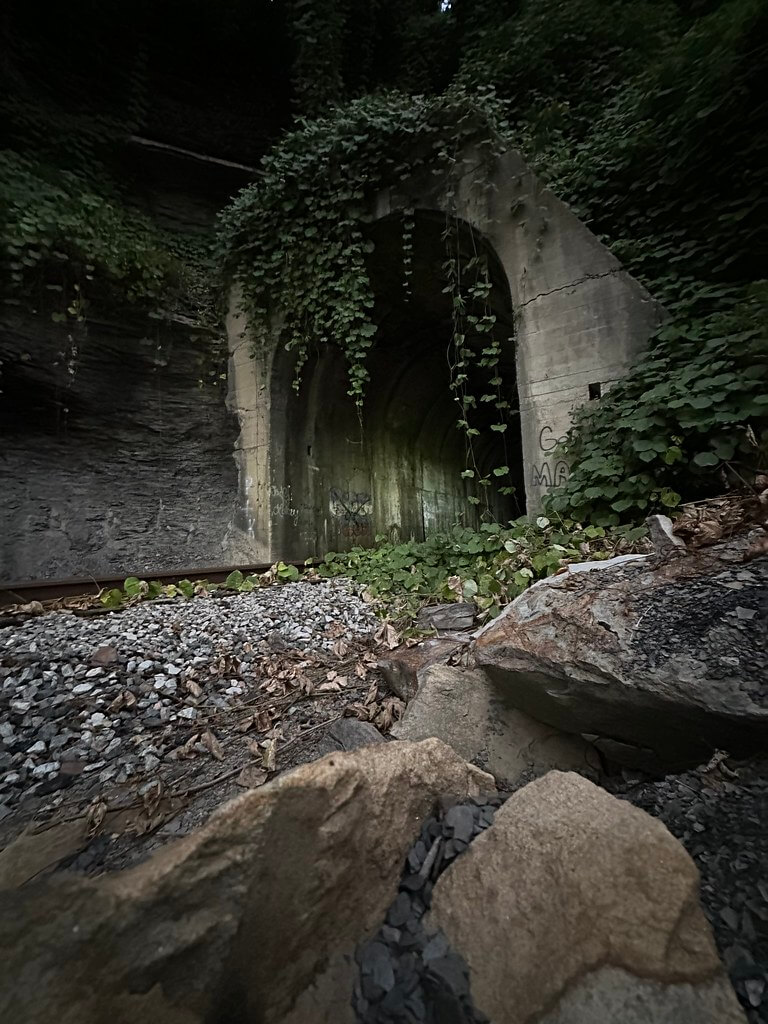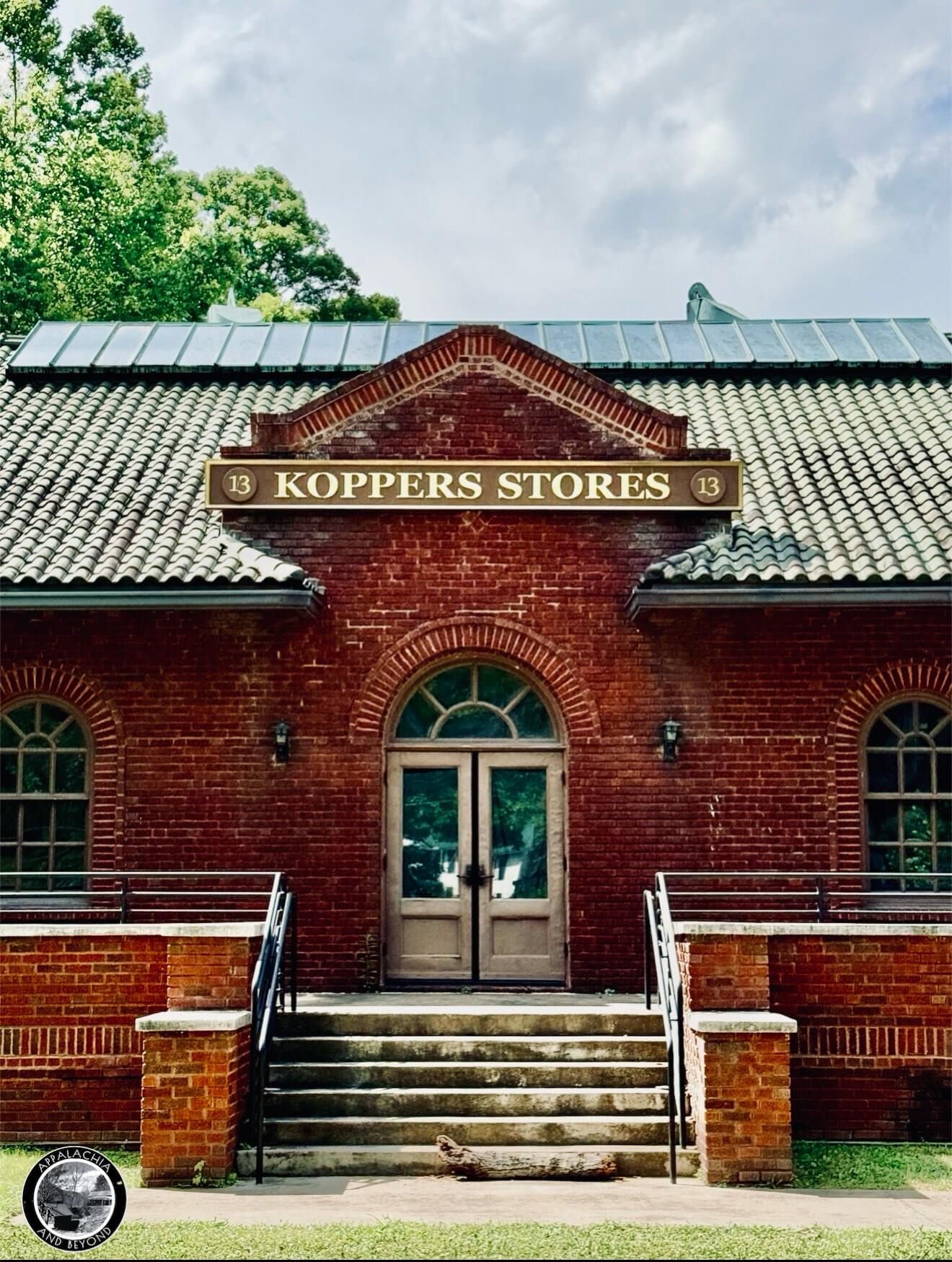
On September 30, 2025, 11:00 a.m. CEST, we will have a webinar about data journals at WiNoDa. You can find more information here.

On September 30, 2025, 11:00 a.m. CEST, we will have a webinar about data journals at WiNoDa. You can find more information here.

Einleitung: Was CoreTrustSeal für Forschende bedeutet und warum Repositorien es brauchen Am 30. September 2025 um 11:00 Uhr CEST findet bei WiNoDa ein Webinar zum Thema Data Journals statt.
Dear rOpenSci friends, it’s time for our monthly news roundup! You can read this post on our blog. Now let’s dive into the activity at and around rOpenSci!

Appalachian History Where is “Tunnel Hill”? Locals use Tunnel Hill for the crest above a pair of side-by-side railroad bores just northwest of Hazard. On the maps the spot falls within the unincorporated community historically called Dunraven. A quick way to pin it on the ground is the county’s own road index, which lists Tunnel Hill Cemetery in Dunraven.
10 years ago, on September 28th, 2015, I pushed the first commit of “C [1] ”, which would later form the basis of Citation.js. Back then, it was a simple webapp that took bibliographical data from manual input from a form and converted it to APA.
We recently posted a preprint criticizing the idea of Type S and M errors (https://osf.io/2phzb_v1). From our abstract: “While these concepts have been proposed to be useful both when designing a study (prospective) and when evaluating results (retroactive), we argue that these statistics do not facilitate the proper design of studies, nor the meaningful interpretation of results.” In a recent blog post that is mainly on p-curve analysis, Gelman

Repurposed Appalachia In a narrow hollow north of downtown Kimball sits one of McDowell County’s most intact company stores. The Houston Coal Company Store, later known to locals as the Koppers Store, anchored daily life for the Carswell mining camp and still reads clearly as an early twentieth century company showpiece.
Appalachian Figures Joseph Bengal “Joe B.” Bates began life in a Knott County place that could not be more aptly named for a future courthouse politician, the little community of Republican. He took his first steps toward public life in one-room classrooms, then carried that training to Washington, where he became a steady, procedural voice on the House floor for nearly 15 years.
Appalachian Figures Roots in Knott County Carl Dewey Perkins was born at Hindman on October 15, 1912, and schooled in Knott County before attending Caney Junior College, Lees Junior College, and the Jefferson School of Law at Louisville, graduating in 1935. He practiced law in Hindman, served as Knott County attorney, and enlisted during World War II with service in the European Theater.
Appalachian Figures Roger Dale Bowling came out of the Kentucky mountains and wrote songs that circled the world. In a short span he helped give Kenny Rogers two career-defining hits, moved Billie Jo Spears to the top of the country charts, and even cracked the trade listings with his own single. His story ties Nashville to Leslie County, Kentucky, and finally to a quiet hillside cemetery in Rabun County, Georgia.
Appalachian Figures The signature that traveled from Frankfort to Washington On the first day of the 91st Congress, the U.S. Senate read the formal credentials for Kentucky’s newly chosen U.S. Senator, a routine ceremony that depends on states sending sealed, attested certificates. Kentucky’s attestation carried a familiar block: “ELMER BEGLEY, Secretary of State.